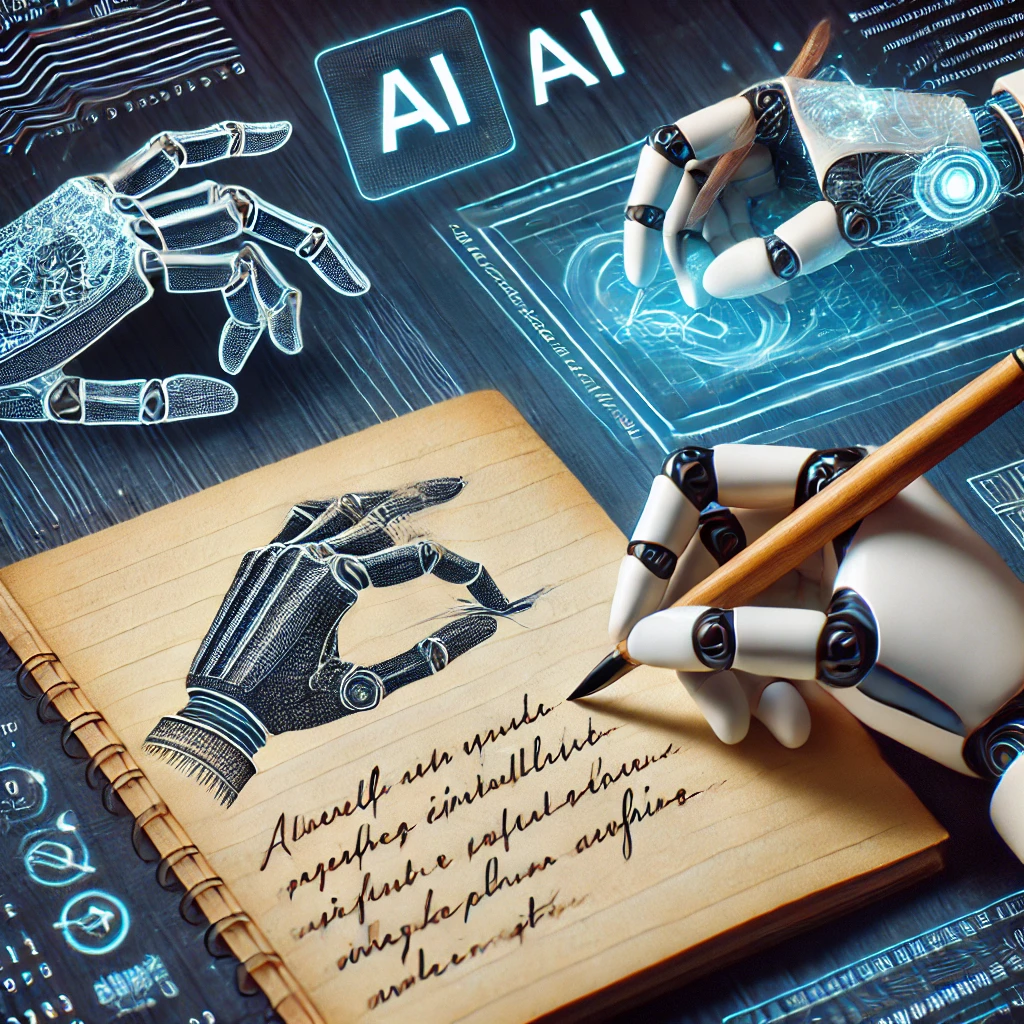AI is about to rule this planet really soon. Because it’s getting stronger everyday! Can AI copy Handwriting now?
Is this really true? Can AI copy Handwriting?
Okay so what came to our desk today is that researchers at Mohammed bin Zayed University of Artificial Intelligence claims that they have successfully created an AI tool that can mimic human handwriting with near to perfection. They further said that this model needed just a few little paragraphs to train itself and then duplicate the entire style.
The Associate prof. behind this crazy yet amazing invention Salman Khan said during the press release that “(People) could not distinguish the mimicked handwriting from the actual handwriting, and it was satisfying to see that kind of performance”
The team was comprised of Assistant Professor of Computer Vision Rao Muhammad Anwer, Associate Professor of Computer Vison Salman Khan, Deputy Department Chair of Computer Vision and Professor of Computer Vision Fahad Shahbaz Khan, and Ankan Kumar Bhunia.
Artificial intelligence has shown it can mimic voices and generate fake images quite well. Now, it’s also learning to copy handwriting. Currently, the AI mainly imitates English writing and isn’t accessible to everyone yet. The researchers who developed it were recently granted a patent for the tool. Lets see how long it would take to capture the market.
In that presentation, the researchers noted that previous approaches to mimicking a person’s handwriting style had been developed using a machine learning technique called a generative adversarial network, or GAN.
Handwriting generated by GANs capture the overall, general style of a writer — for example, the slant with which a person composes letters, or the width of the strokes that make up letters. But GANs struggle to recreate how people create individual characters and the lines, known as ligatures, that tie characters together.
Instead of GANs, the researchers used vision transformers, which are a type of neural network designed for computer vision tasks. Their study was the first use of vision transformers to mimic handwriting.
The proposed vision transformer-based solution is different from GANs in that vision transformers are able to process what are known as long-range dependencies. This concept relates to how parts of an image that are physically distant from each other in fact have meaningful relationships.
“To mimic someone’s handwriting style, we want to look at the whole text, and only then will we start to understand how the writer ligated characters, how the writer connected letters, or spaced words,” Fahad Khan said. “All these tasks require a kind of global receptive field, which is not easy using convolutional neural networks. We identified this gap by in existing methods and adopted this transformer-based method.”
Read the entire article published by mbzuai here
The team also acknowledged that the potential for forgery and other nefarious uses was very real.
“We are very cautious about it because it could be misused,” researcher Rao Muhammad Anwer said in the press release. “Handwriting represents a person’s identity, so we are thinking carefully about this before deploying it.”
Researchers on the team told Bloomberg in an interview that they’d work on tools to prevent forgery and that their invention could also be used to interpret illegible writing — looking at you, doctors everywhere.
We know what’s coming next. Things have already started to look a little wild and crazy since the day AI became a thing. Being able to generate anyone’s handwriting could mean a lot of things. Let’s just say, future is far more interesting than we could ever imagine.


